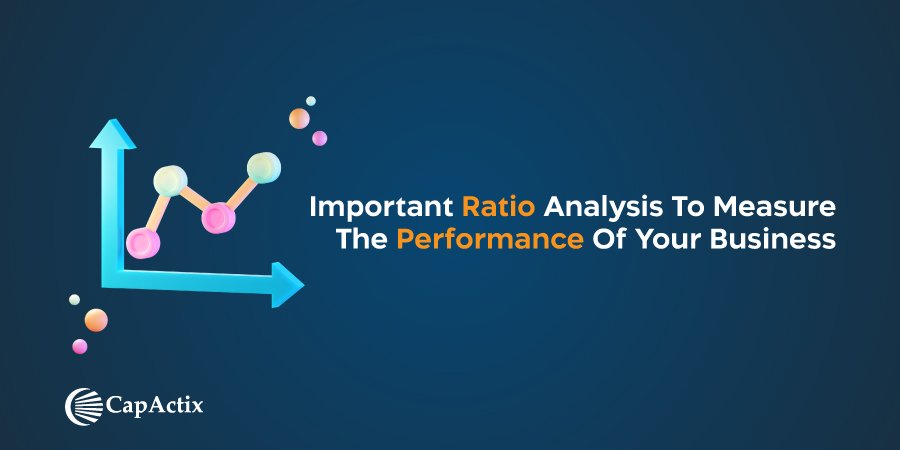Measuring the performance of your business over fixed intervals is crucial for determining its financial health. One way of doing it is through the analysis of financial ratios. These ratios give you an in-depth view of utilizing resources and speak volumes about how the business operates.
Using financial ratios, you can compare various facets of your business’s performance. Ratios also tell you where a company stands in a specific industry. We can say that they give an overview of a company’s financial structure. You can hire either an outsourced controller or a business analysis service for evaluating and analyzing these ratios.
What is ratio analysis?
The analysis of financial data obtained from the financial statements of a business is known as ratio analysis. The financial statements can either be current or from records. When used effectively, ratio analysis enables managers to identify the organisation’s core strengths and limitations to plan more productive initiatives.
Why do we need ratio analysis?
There are some important uses of ratio analysis that require discussion. They are as follows:
Drawing comparisons
A company’s financial performance concerning its competitors in the industry can give you an idea of where the company stands in the market. This information can help make critical decisions for the company.
Determining efficiency
Financial ratio analysis can help determine the level of efficiency in a company’s assets and liabilities management.
Studying trends
Financial ratios help companies to study emerging trends in their financial performance. This, in turn, will enable deciding the direction to be taken by the company in the future.
Important ratios to measure the performance of your business
Let’s look at some important financial ratios that help in evaluating your business’s performance.
Sales growth
Sales Growth is the measure of percentage rise (or fall) in sales between two time periods.
It will be calculated by dividing the difference between sales of the two time periods by the previous period sales. A rise in the general costs and inflation indicates a corresponding upsurge in sales. If that is not the case, the company should remodel its pricing policy to rival the expenses.
Operating self-sufficiency
The operating self-sufficiency ratio provides the measure of a firm’s ability to balance its expenses through its core business. It also shows the firm’s potential to function independently, without grant support.
It is calculated by dividing business revenue by total expenses. You should note that total costs are inclusive of all expenses, including social costs.
Gross profit margin
It tells us about the profit earned on the company’s products, excluding the indirect costs.
It is calculated by dividing the gross profit made by the company (excluding indirect costs) divided by the total sales.
Net profit margin
The net profit margin compares a company’s ability to pay all operating costs, including the indirect costs. It is evaluated by dividing the net profit by the sales.
Return on equity ratio
It is one of the most important ratios as far as investors are concerned. It is the rate of return of the investment made by a shareholder.
It is calculated by dividing the net profit by the average shareholder equity. This ratio estimates a company’s ability to cover the inherent risk of being in business.
Working capital ratio
When we divide a company’s current assets by its current liabilities, we get the working capital ratio. Fundamentally, it measures a company’s potential of paying its current liabilities with its existing assets.
Problems in liquidity might be shown by a working capital ratio of less than one. When the ratio is extremely high, it indicates either excess cash or excess inventory. A favorable figure is considered between 1.2 and 2.0.
Here you can read What Is The Major Difference Between Proactive and Procrastinate Accounting Outsourcing Company?
Debt to equity ratio
The debt to equity ratio compares the capital invested by business owners/founders and funds given by lenders. It is a leverage ratio.
Most lenders are likely to impose limits on the debt to equity ratio, which is generally 2:1 for small businesses. While a lot of debt can endanger a business, too little of it might limit its capacity. Owners want to increase their profits, making it natural for them to seek leverage on their investment. It has to be balanced with the ability to settle a debt.
Therefore, we can say that the ratios mentioned above can determine the current performance of a business. For precise and error-free ratios, It’s essential to hire good controller services or a business analysis service. They can ease your job of analyzing the above ratios while you focus on managing your business!










































































